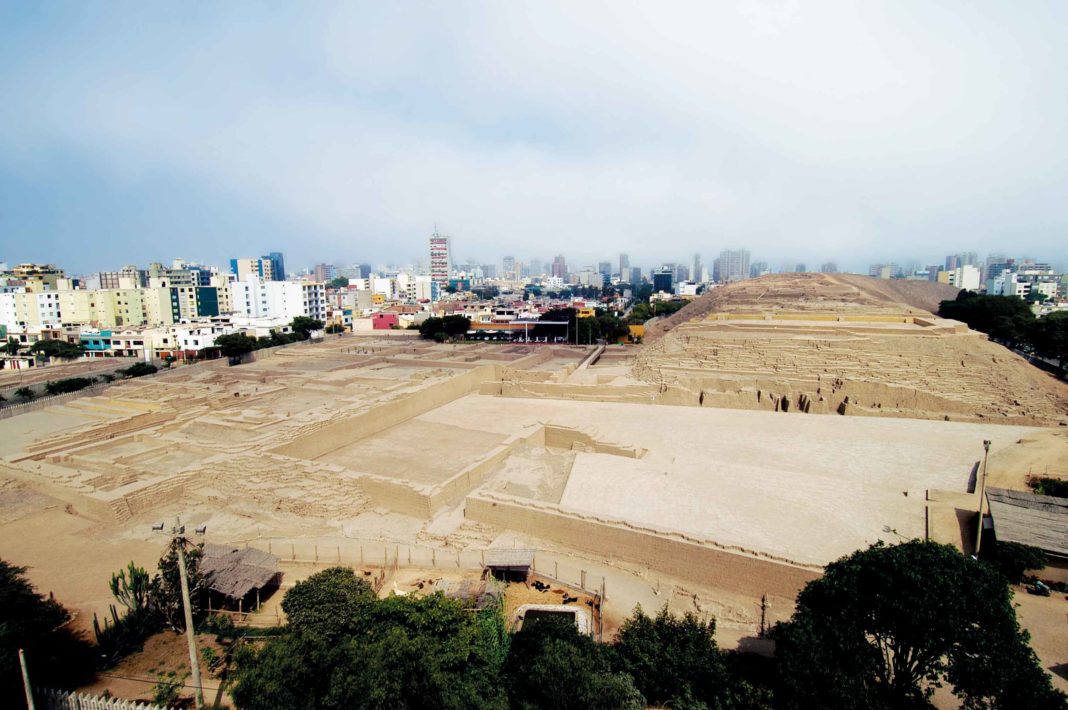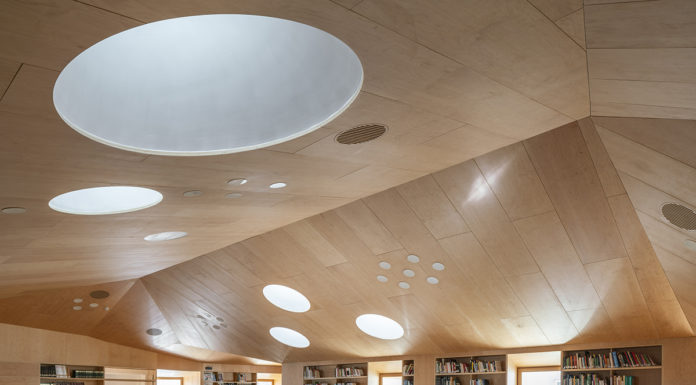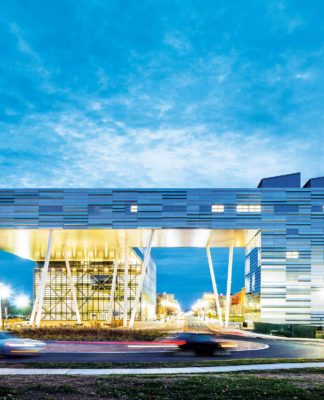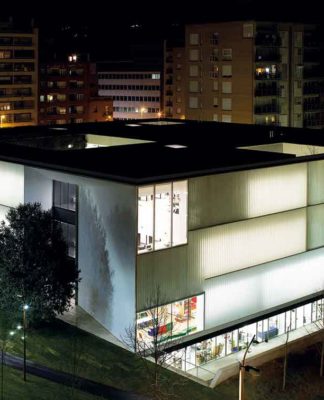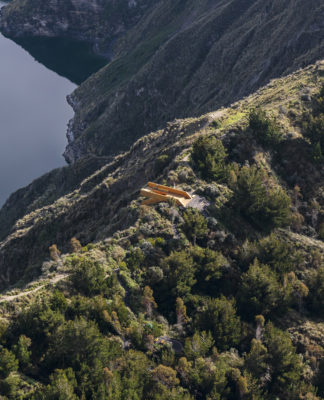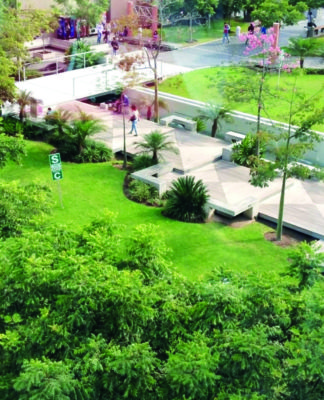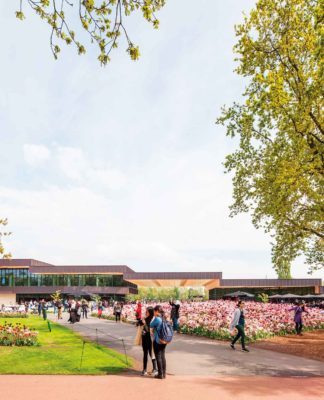Divinidades femeninas prehispánicas en Lima
Etnohistoria y etnografía en la reconstrucción de la religión de la antigua costa central (Parte II)
Por Pedro Carlos Vargas Nalvarte
Pocyena’ ‘personificación de las enfermedades del agua, guardiana de las aguas’: de acuerdo a Smith (2011) es una divinidad femenina que habita en una pampa de Lima, en un lugar alto y controla las aguas de los ríos, lagunas y el mar, tiene control sobre los habitantes de las aguas a quienes puede usar para provocar enfermedades (en especial peces y ciertos batracios) de las cuales es difícil sanar y se debe buscar la intermediación de otras divinidades de rango superior para lograr que Pocyena’ quite la enfermedad (Smith: comunicación personal). Se le vincula con el sitio arqueológico de la cultura Lima de Huaca Pucllana (S. V y VI dne). (Smith 2011, Vargas 2017a). Tiene su contraparte masculina en la márgen derecha del valle bajo del río Rímac: Yemo Nasheñ Carashtahuall, identificado con el cerro San Cristóbal probablemente con el ‘volcán de agua’ y los baños de Piedra Liza; en la actualidad forma parte de una capilla dedicada a la Cruz de Motupe (Vargas 2017b).
Prehispanic female divinities in Lima
Ethnohistory and ethnography in the reconstruction of the ancient central coast religion (Second part)
By Pedro Carlos Vargas Nalvarte
Pocyena ‘personification of the water diseases, guardian of the waters’: according to Smith (2011) it is a female divinity that lives in a plain from Lima, in a high place and controls the waters of the rivers, lagoons and the sea, she has control over the water inhabitants whom she can use to cause diseases (especially fish and certain batrachian) and the intermediation of other higher-ranking deities must be sought to get Pocyena to remove the disease (Smith: personal communication). It is linked to the archaeological site of Huaca Pucllana, from the Lima culture (S. V and VI dne) (Image 2). (Smith 2011, Vargas 2017a). She has its male counterpart on the right bank of the lower valley of the Rimac River: Yemo Nasheñ Carashtahuall, identified with the San Cristobal hill, probably with the ‘water volcano’ and the Piedra Liza baths; It is currently part of a chapel dedicated to the Motupe Cross (Vargas 2017b).

